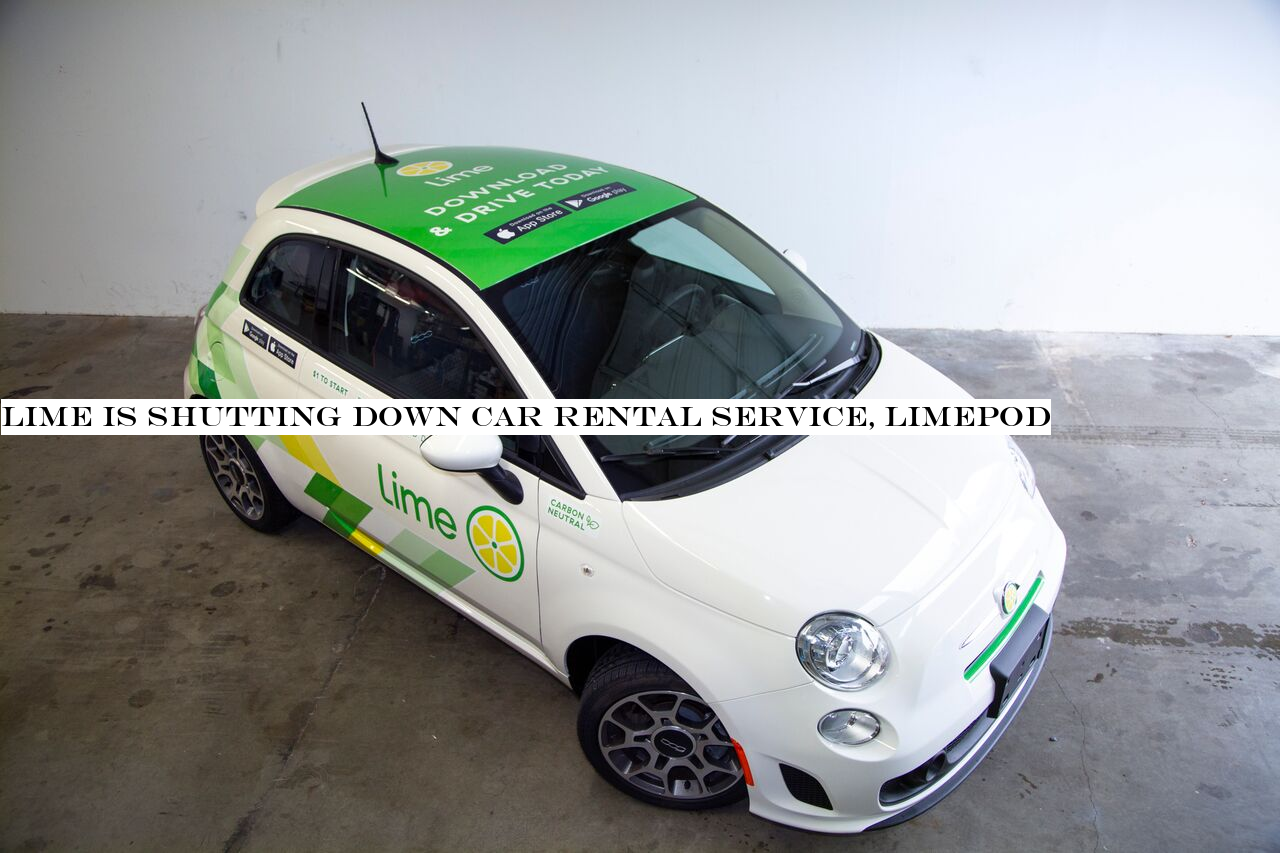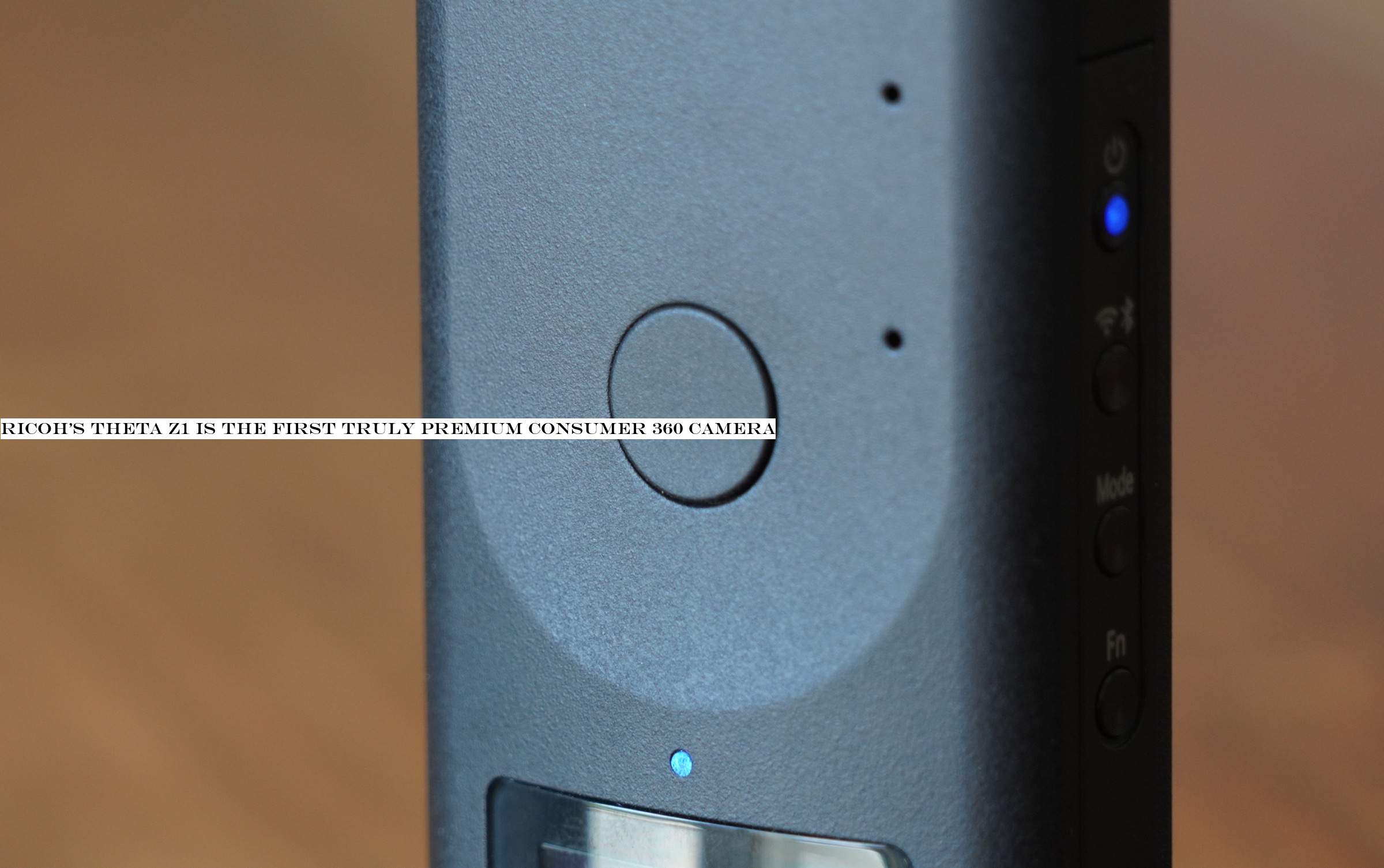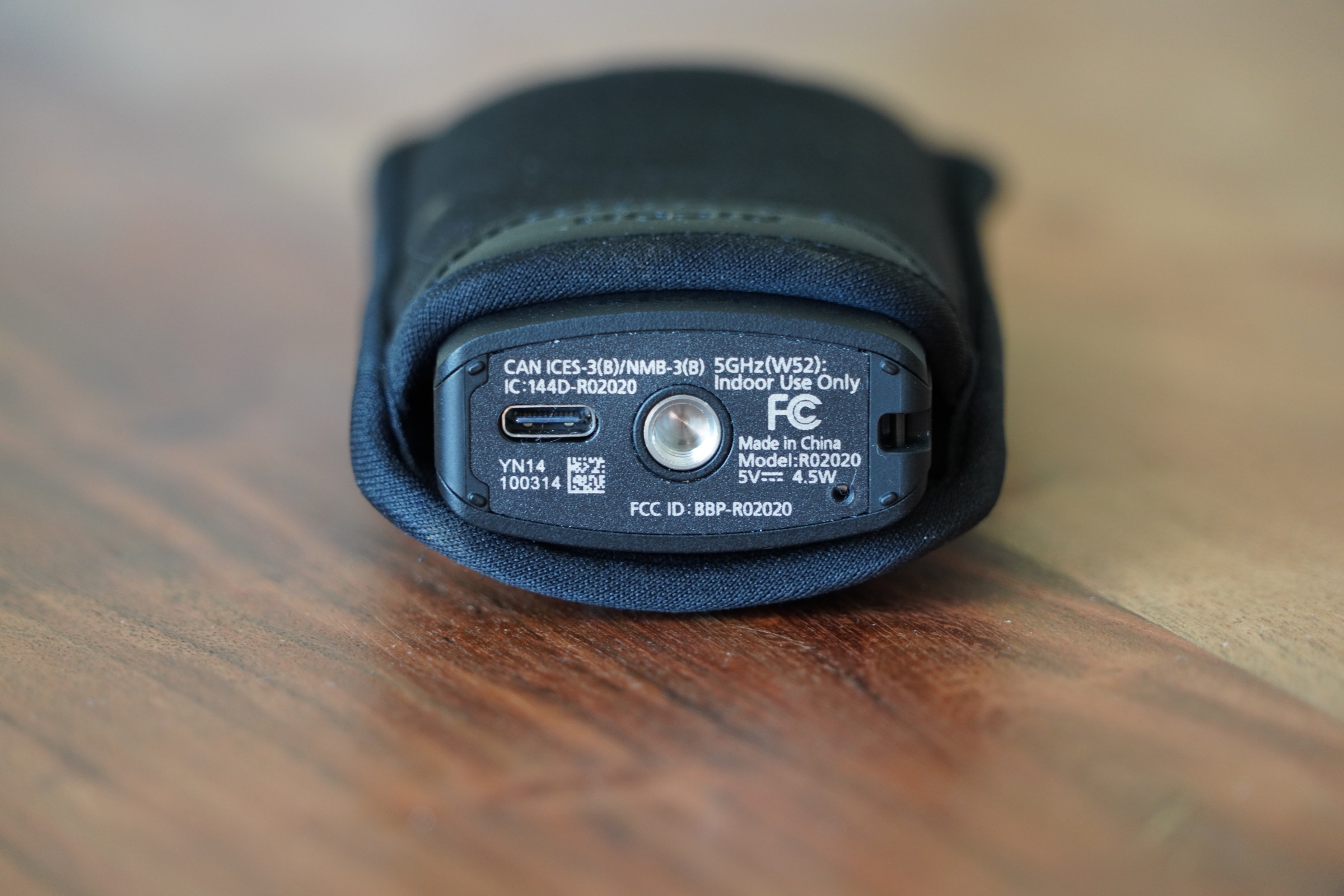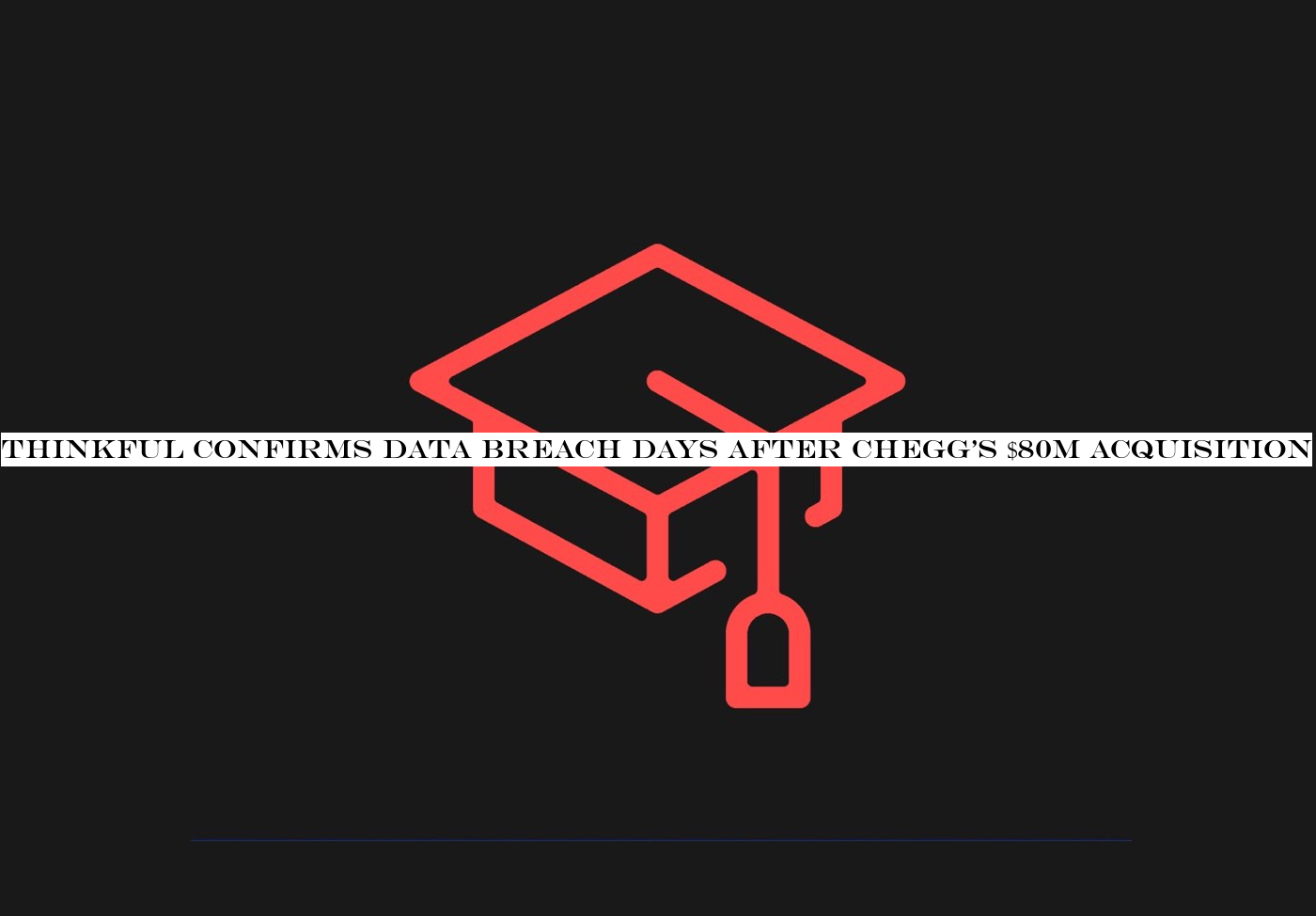Music
Trailers
DailyVideos
India
Pakistan
Afghanistan
Bangladesh
Srilanka
Nepal
Thailand
StockMarket
Business
Technology
Startup
Trending Videos
Coupons
Football
Search
Download App in Playstore
Download App
Best Collections
Technology

Transportation startup Lime is shutting down LimePod, its car-sharing service that it launched last November in Seattle. Lime plans to start removing its vehicles from the streets of Seattle next month and will completely shut down the service by the end of the year. The news was first reported by GeekWire.
Lime has operated a pilot program in Seattle since last year and is set to conclude at the end of the year. Throughout the program, more than 18,000 people took more than 200,000 trips in LimePods, according to a Lime spokesperson. At launch, the plan was to explore carsharing for short distances and eventually replace its vehicles with an all-electric fleet. Lime, however, is not looking to make LimePods a permanent fixture of the city at this point.
&While the program was a great learning experience, at our core, we are an electric mobility company first,& Lime wrote in an email to LimePod users. &We are committed — like Seattle is — to sustainability, lower carbon emissions, and to make cities more livable, all of which require reduced car travel.&
Additionally, Lime said it was not able to find the right partner for its LimePodelectric fleet, which led to the decision to end the program at the end of the pilot period.
&We deeply appreciate our partnership with the Seattle community and the opportunity to collaborate on our LimePod Pilot Program,& a Lime spokesperson told TechCrunch. &The experience is a testament to the cityforward-looking position on the future of transportation and the necessity of sustainable options for citizens. We are similarly committed to that goal and the information gained during our pilot will support the work necessary should we decide to expand and improve this service with an all-electric fleet in the future.&
Lime, which got its beginnings as a bike-share company, has deployed its scooters and bikes in more than 100 cities in the U.S. and more than 20 international cities. Recently, Lime hit 100 million rides across its micromobility vehicles. Clearly, Lime sees more of a future with shared bikes and scooters than it does with cars.
Earlier this year, Lime raised a $310 million Series D round led by Bain Capital Ventures and others. That round valued the startup at $2.4 billion.
- Details
- Category: Technology
Read more: Lime is shutting down car rental service, LimePod
Write comment (93 Comments)Ricoh has a well-earned good reputation when it comes to building smart, technically excellent photographic equipment — including the almost legendary Ricoh GR series of pocketable APS-C cameras, which are a favorite among street photographers everywhere. Earlier this year, the company released the Ricoh Theta Z1, which builds on its success with its pioneering Theta line of 360-degree cameras and delivers a step-up in terms of image quality and build that will feel at home in the hands of enthusiasts and pro photographers.
The Theta Z1 is what happens when you push the limits of whatpossible in a portable form factor 360 camera, both in terms of build materials and whatgoing on on the inside. Like its more affordable, older sibling, the Theta V, it shoots both stills and video in 360 degrees — but unlike the V, it does so using two 1-inch sensors — unprecedented for a 360 camera in this category. Sonycelebrated RX100 series was pushing boundaries with its own 1-inch sensor in a traditional compact camera, and the Ricoh is similarly expanding the boundaries of 360 photography by including not just one, but two such sensors in its Z1. That translates to unmatched image quality for 360 photographers — provided you&re willing to pay a premium price to get it.
Design and build
The Ricoh Theta Z1 feels a lot like previous iterations of the Theta line — itessentially a handle with two big lenses on top, which is a pretty optimal design overall for a device you&re mostly going to be holding up to take 360 photos and video. Ita bit bulkier than previous generations, and heavier, too, but itstill a very portable device despite the increased size.

With the bulkier build, you also get a magnesium outer case, which is textured and feels fantastic when held. If you&ve ever held a pro DSLR or mirrorless camera, then the feel will be familiar, and that says a lot about Ricohtarget audience with this $1,000 device. The magnesium alloy shell isn&t only for making it feel like itworth what it costs, however; you also get big durability benefits, which is important on a device that you&re probably going to want to use in remote locales and off the beaten path.
The build quality also feels incredibly solid, and the button layout is simple and easy to understand. Therea single shutter button on the front of the camera, just above an OLED display that provides basic info about remaining space for images or video, battery life and connection status. A single LED indicates both mode and capture status information, and four buttons on the side control power on/off, Wi-Fi and Bluetooth connections, photo and video mode switching and enabling basic functions like a shutter countdown timer.
[gallery ids="1884065,1884067,1884066"]
Using the hardware buttons to control the Theta Z1 independent of your smartphone, where you can remotely control all aspects of the camera when connected via Wi-Fi and using the app, is intuitive and easy, and probably the way you&ll use the Z1 more often than not when you&re actually out and about. Therelittle to worry about when it comes to framing, for instance, because it captures a full 360 image, and you can handle all of that after the fact with Ricohediting tools prior to sharing.
On the bottom, therea USB-C port for charging and wired data transfer, and a 1/4″ standard tripod mount for attaching the Z1 to tripods or other accessories. This is useful, because if you use a small handle you&ll get a better overall image, as the Z1software automatically edits out the camera, and, to some extent, the thing thatsupporting it. Therealso a small lug for attaching a wrist strap, but what you won&t find is a flap or door for a micro SD card — the Theta Z1 relies entirely on built-in storage, and offers just under 20GB of usable storage.

Still images
RicohTheta Z1 has two 1-inch sensors on board, as mentioned, and those combine to provide an image resolution of 670×3360. The camera captures two 180-degree fields of view from each lens, and automatically stitches them together in software to produce the final image. The result is the sharpest, most color-accurate still photos I&ve ever seen from a 360-degree camera, short of the kind of content shot by professionals on equipment costing at least 10x more.
The resulting images do incredibly well when viewed through VR headsets, for instance, or when you use Thetaown 360 viewer for web in full-screen mode on high-resolution displays. They also make it possible to export flat images that still look sharp, which you can crop and edit in the Theta+ app. You can create some truly amazing images with interesting perspective that would be hard to get using a traditional camera.

Indoors in low-light situations, the Ricoh Theta Z1 still performs pretty well, especially compared to its competitors, thanks to those big 1-inch sensors. Especially in well-lit indoor environments, like in the restaurant example below, details are sharp and crisp across the frame and colors come out great.
In settings where a lot of the frame is dark or unevenly lit, as in the example at the Robot Restaurant in Tokyo below, the results aren&t nearly as good when operating in full automatic mode. You can see that there is some blur in the parts of the scene with motion, and theremore grain apparent in parts of the frame, too. Overall though, the audience is pretty well captured and the colors still look accurate and good despite the many different tones from different sources.
The Ricoh Theta Z1 still does its best work in bright outdoor settings, however — which is true for any camera, but especially for cameras with sensors smaller than full-frame or APS-C. Itstill definitely capable enough to capture images you can work with, and that provide a great way to revisit great events or memories in a more immersive way than standard 2D images can accomplish.
You can adjust settings, including aperture to optimize your photo capture, as well as choosing between f/2.1, f/3.5 and f/5.6, with higher apertures offering higher-resolution images. The built-in lens has been designed to reduce ghosting, purple fringe artifacts and flare, and it does an outstanding job at this. RAW capture allows you to edit DNG files using Lightroom, and it works amazingly well with Lightroom mobile for advanced tweaks right on the same device.
Video
The Ricoh Theta Z1 does video, too — though the specs for the video it produces are essentially unchanged from the Theta V on paper. It can capture 4K video at 30 fps/56 mbps or 2K video at 30fps/16mbps, and live stream in both 4K and 2K. Therea four-channel built-in microphone for immersive audio recording, and it can record as much as 40 minutes of 4K or 130 minutes of 2K footage, though each individual recording session is capped at 5 minutes and 25 minutes for 4K and 2K, respectively.
Ricoh has tougher competition when it comes to video in the 360 camera game — Insta 360One X has been a clear winner in this category, and has led to this camera even finding some fans when compared to action cameras like the GoPro Hero 7 and the DJI Osmo Action, thanks in large part to its fantastic built-in image stabilization.
The Ricoh Theta Z1 just frankly doesn&t impress in this regard. The sensors do allow for potentially better image quality overall, but the image stabilization is definitely lacking, as you can see, and overall quality just isn&t there when measured against the Insta360 One X. For a fixed installation for real-time live-streaming, the Ricoh probably makes more sense, but video isn&t the devicestrength, and ita little disappointing given its still shooting prowess.
Features and sharing
The range of editing options available either via Theta+ or using the DNG files in both mobile and desktop photo editing software for the Theta Z1 is outstanding. You can really create and compose images in a wide variety of ways, including applying stickers and text that stick to the frame as a viewer navigates around the image. Sharing from the Theta app directly works with a number of platforms, including YouTube, Twitter, Facebook and theta360.com, where you can get embeddable 360 images like those found in this post above.
Ricoh has done a great job making sure you can not only capture the best possible 360 images with this camera, but also share them with others. Italso leading the pack when it comes to the range of options you have for getting creative with slicing up those 7K spherical images in a variety of ways for traditional flat image output, which is not surprising, given the companyheritage.
Bottom line
Simply put, the Ricoh Theta Z1 is the best 360 camera for still photos that you can buy for less than $1,000 & even if just squeaks under that line. Itthe best still photo 360 camera you can pick up for considerably more than that, too, given its sensor arrangement and other technical aspects of the device, including its selectable aperture settings and RAW output.
The $999.95 asking price is definitely on the high end for this category — the Theta V retails for less than half that, as does the Insta360 One X. But I mentioned the Sony RX100 above, and the pricing is similar: You can get a compact camera for much less money, including very good ones, but the latest RX100 always commands a premium price, which people are willing to pay for the very best-in-class device.
If what you want is the best still photography 360 camera on the market, the Ricoh Theta Z1 is easily it, and if thatthe specific thing you&re looking for, then Ricoh has packed a lot of cutting-edge tech into a small package with the Z1.
- Details
- Category: Technology
Read more: Ricoh’s Theta Z1 is the first truly premium consumer 360 camera
Write comment (96 Comments)Google today announced its largest package of renewable energy deals yet. Worth a total of 1,600-megawatts, the package includes 18 deals in the U.S., Chile and Europe. This brings Googlecurrent set of wind and solar agreements to about 5,500 megawatts (MW) and the companynumber of total renewables projects itinvolved in to 52. Google argues that these new projects it announced today will drive about $2 billion in investments in new energy infrastructure.
In the U.S., Google says it&ll purchase a total of 720 MW from solar farms in North Carolina, South Carolina and Texas. In Chile, itbuying an additional 125 MW to power its data center there. For reasons only known to Google PR, the company will only announce details of its plans for Europe tomorrow, at an event in Finland, where Google CEO Sundar Pichai will be present.

In todayannouncement, Pichai notes that many of Googleearlier investments were in wind energy. Its new investments in the U.S. are mostly in solar, though. The reason for that, he notes, is the declining cost of solar. In Chile, the company is investing in a hybrid solar and wind deal for the first time. &Because the wind often blows at different times than the sun shines, pairing them will allow us to match our Chilean data center with carbon-free electricity for a larger portion of each day,& Pichai writes.
Googleannouncements follow Amazonpledge to run its business on 100% renewable energy by 2030 and buy 100,000 electric vans.

- Details
- Category: Technology
Read more: Google announces 18 new renewable energy deals
Write comment (96 Comments)
&We were so low that people would take advantage of us. People we knew well would just lie to us. One of my favorites was a company we did an enormous amount of work for and really helped save. We then went to see the CEO and he said, ‘I really love you guys but we just don&t make these kinds of investments.&&
When you hear an investment banker recounting the tribulations of raising a private equity fund, your first response might be to get out the metaphorical small violin in your head. But when I met-up recently with Stephen Schwarzman, The Blackstone GroupChairman, CEO and co-founder, and heard several statements like the one above, I came to appreciate that he and his co-founder, gentlemen capitalist (and former Commerce Secretary) Pete Petersen, endured their fair share of indignities and near-fatal setbacks on the road to establishing Blackstone as an alternative investment management powerhouse.
At 38 years old at the time of Blackstonefounding, Schwarzman was already successful and celebrated for having played an integral role in orchestrating a rescue of Lehman Brothers from a set of risky trades spurred on by its then-trader-CEO Lew Glucksman. But Schwarzmanjourney from banker to Wall Street entrepreneur to head of a $500-billion-plus asset manager is more interesting and nuanced than I had realized. On that basis alone, Schwarzmannew book easily clears the hurdle rate for the entrepreneurially minded, and especially for those interested in the unique challenges of scaling a financial services business from scratch.
Feature image by John Moore/Getty Images
- Details
- Category: Technology
Read more: Finding sustainable success with Blackstone CEO Stephen Schwarzman
Write comment (98 Comments)
Thinkful, an online education site for developers, has confirmed a data breach, just days after it confirmed it would be acquired.
&We recently discovered that an unauthorized party may have gained access to certain Thinkful company credentials so, out of an abundance of caution, we are notifying all of our users,& said Erin Rosenblatt, the companyvice-president of operations, in an email to users.
&As soon as we discovered this unauthorized access, we promptly changed the credentials, took additional steps to enhance the security measures we have in place, and initiated a full investigation,& the executive said.
At the time of writing, there has been no public acknowledgement of the breach beyond the email to users.
Thinkful, based in Brooklyn, New York, provides education and training for developers and programmers. The company claims the vast majority of its graduates get jobs in their field of study within a half-year of finishing their program. Earlier this month, education tech giant Chegg bought Thinkful for $80 million in cash.
But the company would not say when the breach happened — or if Chegg knew of the data breach prior to the acquisition announcement.
A spokesperson for Chegg did not respond to a request for comment. Thinkful spokesperson Catherine Zuppe did not respond to several emails of questions about the breach.
The email to users said the stolen credentials could not have granted the hacker access to certain information, such as government-issued IDs and Social Security numbers, or financial information. But although the company said itseen &no evidence& of any unauthorized access to users& account data, it did not rule out any improper access to user data.
Thinkful said it is requiring all users to change their passwords.
We also asked Thinkful what security measures it has employed since the credentials breach, such as employing two-factor authentication, but did not hear back.
Just months earlier, Chegg confirmed a data breach, which forced the online technology giant to reset the passwords of its 40 million users.
At least Thinkful is now in good company.
- Details
- Category: Technology
Read more: Thinkful confirms data breach days after Chegg’s $80M acquisition
Write comment (97 Comments)One lesson from TechCrunchDisrupt SF is that founders can&d get enough programming on the really hard questions. How do I get into Y Combinator? How do I hire a technical lead? How do I raise my first round? Thatwhy we created a special stage at Disrupt SF for the sole purpose of bringing the top Silicon Valley experts on stage to go deep on those questions with TechCrunch editors and also take audience questions. We call this the Extra Crunch stage, in a tip of the hat to TechCrunchExtra Crunch subscription service, which has the same, founder-centric mission.
Please check out the agenda for all three days of the Extra Crunch stage below. You can see the full agenda here (including new additions Will Smith and Steph Curry), which includes the main and Q-A stages as well. Get your Disrupt SF pass here & but remember that only Innovator, Founder and Investor passes get access to the programming at Disrupt.
AGENDA for the Extra Crunch Stage
WEDNESDAY, OCTOBER 2
10:05 am & 10:45 am How to Build a Billion-Dollar SaaS Company with Neeraj Agrawal (Battery Ventures), Jyoti Bansal (AppDynamics) and Whitney Bouck (HelloSign)
Growing your SaaS company to a billion dollars in revenue is no easy task. It takes patience, perseverance and a strong team. Often it doesn&t happen until well after a company has gone public. We will talk to three people who have experience working with SaaS startups and understand the unique challenges they face getting to a billion dollars and beyond.
11:05 am & 11:45 am Could the U.S. Government Be Your Next Investor? with Steve Isakowitz (The Aerospace Corporation) and Raj Shah (DIU)
No founder likes dilution, which is why the U.S. government is becoming an increasingly popular source for early-stage, ambitious venture capital. Hear from leaders who have navigated the process to discover your next source of non-dilutive capital.
11:45 am & 12:15 pm How to Evaluate Talent and Make Decisions with Ray Dalio (Bridgewater)
Ray Dalio knows a thing or two about building successful startups. As founder of the firm Bridgewater, he helped build it into one of the most successful investment companies ever, managing a whopping $150 billion in assets. He recently wrote a book called Principles, and hehere on the TechCrunch Disrupt Extra Crunch stage to discuss the book and companion mobile app on how building a strong culture can lead to a flourishing startup.
1:35 pm & 2:15 pm How to Take a Digital Brand Offline with Rich Fulop (Brooklinen), James Reinhart (thredUP) and Susan Tynan (Framebridge)
E-commerce has fundamentally changed the way we browse and buy physical goods. But even though online sales have taken a huge bite out of brick-and-mortar, it doesn&t mean that digital brands aren&t interested in the prospect of offline channels. Hear from three founders who have taken their own unique approach to launching a store.
2:15 pm & 2:55 pm How to Hire at Breakneck Speed with Scott Cutler (StockX), Harj Taggar (Triplebyte) and Liz Wessel (WayUp)
Nothing is better than striking product-market fit and suddenly finding a path to rapid, venture-scale growth. But as that growth accelerates, how do you create the conditions to rapidly find, attract and hire the talent you need to reach unicorn status? Hear from some of the leading recruiters and services on how they have successfully scaled recruiting and avoided key pitfalls.
3:15 pm & 3:45 pm How to Get into Y Combinator with Ali Rowghani (Y Combinator) and Michael Seibel (Y Combinator)
The seed-stage venture firm has come to form its own startup economy over the years, with its network of companies and founders interconnecting across the tech industry and beyond. Find out how Y Combinator works today, and how you can become a part of it, in this discussion with CEO of YC Continuity Ali Rowghani and CEO and partner Michael Seibel.
3:45 pm & 4:25 pm How to Build a Subscription Product with Alex Friedman (LOLA), Eurie Kim (Forerunner Ventures) and Sandra Oh Lin (KiwiCo)
The direct-to-consumer landscape has exploded in the past year, but the keys to making a subscription product indispensable are still up in the air, as few have discovered a path to success. This chat with LOLAAlex Friedman, Forerunner partner Eurie Kim and KiwiCoSandra Oh Lin will address the constant struggles of getting a subscription service off the ground and retaining customers.
4:25 pm & 4:45 pm How to Locate the Value with Dennis Crowley (Foursquare)
Foursquare has pulled off a monumental pivot over the last decade, going from a silly location-based social network to an integral enterprise business with the chops to take on Google and Facebook. Hear founder Dennis Crowley discuss the journey the company has taken over the past ten years and what the next ten years looks like for New Yorktech sweetheart.
THURSDAY, OCTOBER 3
10:00 am & 10:40 am How to Raise My First Dollars with Russ Heddleston (DocSend), Charles Hudson (Precursor) and Annie Kadavy (Redpoint Ventures)
Venture funding may have boomed over the last decade, but the decisions around your initial funding are as tricky as ever. Hear how to take advantage of the current landscape from top Silicon Valley early-stage thinkers, including pre-seed investor Charles Hudson of Precursor Ventures, early-stage investor Annie Kadavy of Redpoint Ventures and Russ Heddleston, CEO of DocSend.
11:00 am & 11:40 am How to Build a Secure Startup without Slowing Growth with Heather Adkins (Google), Jennifer Sunshine Steffens (IOActive) and Dug Song (Duo)
Leading security experts from Google, Duo and IOActive discuss some of the challenges startups and enterprises face in security. How do companies navigate the litany of issues and threats without hampering growth?
12:40 pm & 1:20 pm How to Build a Sex Tech Startup with Cyan Banister (Founders Fund), Cindy Gallop (MakeLoveNotPorn) and Lora Haddock (Lora DiCarlo)
As the old adage goes, sex sells. A panel of investors and founders will discuss the opportunities — and challenges — of building a successful sex tech startup, and how to capitalize on a market thatprojected to be worth more than $123 billion by 2026.
1:40 pm & 2:20 pm How to Build a Space Economy with Tess Hatch (Bessemer Venture Partners), Sara Spangelo (Swarm Technologies) and Adrian Steckel (OneWeb)
From thousand-satellite constellations to space tourism, orbit is a fresh and inspiring source of new startup ideas and evolutions of established ones. SwarmSara Spangelo is taking on low-cost global connectivity and Bessemer Ventures& Tess Hatch provides the perspective of investors looking to make bets like these happen.
2:20 pm & 3:00 pm How Do I Exit and What Happens Next with Justin Kan (Atrium), Jess Lee (Sequoia Capital) and Mike Marquez (Code Advisors)
Most good startup outcomes are acquisitions, and most good acquisitions happen because a buyer needs your company for a specific reason. Hear from Justin Kan (sold Twitch), Jess Lee (sold Polyvore) and top Silicon Valley banker Mike Marquez of Code Advisors about how to make them happen the right way.
3:20 pm & 4:00 pm How to be a Positive Force in the Gig Economy with Sarah Cannon (Index Ventures), Derecka Mehrens (Working Partnerships USA) and Amanda de Cadanet (GirlGaze Network)
As gig workers continue to struggle with financial instability, inadequate labor protections and few alternatives, hear from leaders and companies that are now trying to figure out how to create an equitable, just and sustainable economic system for gig workers.
4:00 pm & 4:40 pm How Do You Decide Between Bootstrapping and Raising Venture Capital?with Ben Chestnut (Mailchimp) and Kathryn Petralia (Kabbage)
In this panel, we host two founders who have each grown their respective startups to stratospheric levels, but with very different funding approaches. Kathryn Petralia, co-founder and president of SMB lender Kabbage, has raised prodigious venture capital, including $500 million in equity from the likes of the SoftBank Vision Fund and an additional $2 billion in debt financing to underwrite Kabbageloan products. Meanwhile, Ben Chestnut, co-founder and CEO of MailChimp, has built a massive and well-known marketing automation business entirely by bootstrapping. Why did they choose their different financing strategies? Come hear from two leading founders about how they thought through their fundraises and the lessons we can all learn from their experiences.
FRIDAY, OCTOBER 4
10:05 am & 10:55 am How to Iterate Your Product with Manik Gupta (Uber), Diya Jolly (Okta), Ravi Mehta (Tinder) and Robby Stein (Instagram)
Launching an MVP and finding early product-market fit are just the first steps in the journey to build a great startup. Learn from leading product thinkers from Instagram, Okta, Tinder and Uber on how they expand, grow and refine their products to increase their value without alienating existing users.
10:55 am & 11:15 am How to Take a Hardware Company Public with James Park (Fitbit) and Eric Friedman (Fitbit)
Ten years after launching their product at TechCrunch 50, Fitbit co-founders James Park and Eric Friedman join us to discuss the companyups and downs.
11:35 am & 12:15 pm How to Build a Brand that Gets Attention with Brooke Hammerling (Brew Media Relations), Chelsea Cain Maclin (Bumble) and Ben Pham (Character)
Brooke Hammerling is the founder of one of the most iconic tech startup PR firms of the past decade, Brew Media Relations, which was sold for $15 million in 2016. Chelsea Cain Maclin is VP of Marketing at Bumble, one of the most recognizable brands in the app world today. And Ben Pham is the founder of Character, a brand design firm thatworked with the likes of Oculus, Nike, DoorDash and PeetCoffee. The three will discuss how to think about brand design and what gets and keeps the attention of users.
1:25 pm & 1:50 pm How to be a Serial Founder with David Cancel (Drift)
So your first company worked out well. Letsay you have a burning desire to do another one — whatthe right way to do it the next time around? Hear from frequent founder David Cancel (formerly of Performable/HubSpot, Lookery, Ghostery, Compete) on what hedone.
1:50 pm & 2:30 pm How to Build a Better Banking Startup with Chris Britt (Chime), Adam Dell (Clarity Money; Goldman Sachs) and Angela Strange (Andreessen Horowitz)
Chris Britt, the chief executive of Chime, Goldman Sachs& Adam Dell and Andreessen HorowitzAngela Strange know that money is what everyone wants. The problem is how to make it more accessible to everyone in the world. Hear them discuss how to build a better bank for everyone.
2:50 pm & 3:10 pm WhatGrowing on the Consumer Internet with Andrew Chen (Andreessen Horowitz)
You may know Andrew Chen as a widely read startup growth strategist, but today heinvesting in his expertise. As a partner at top venture firm Andreessen Horowitz, he is focused on consumer internet companies, seeking out the new growth in this maturing tech sector. Come hear the latest on what heseeing in the industry both from the growth and investing perspective.
3:10 pm & 4:10 pm Disrupt Hackathon Finals
The top contenders of the Disrupt Hackathon demo their projects that they spent the last two days creating to compete for sponsor prizes and the $10K TechCrunch best of show award.
- Details
- Category: Technology
Read more: Founders, get to Disrupt SF for answers to the really hard questions
Write comment (92 Comments)Page 846 of 5614

 15
15





